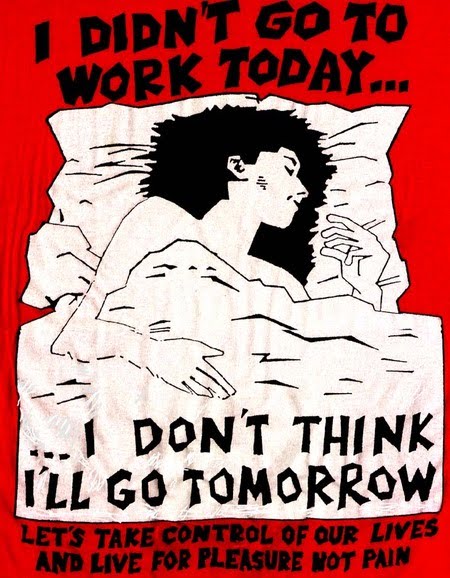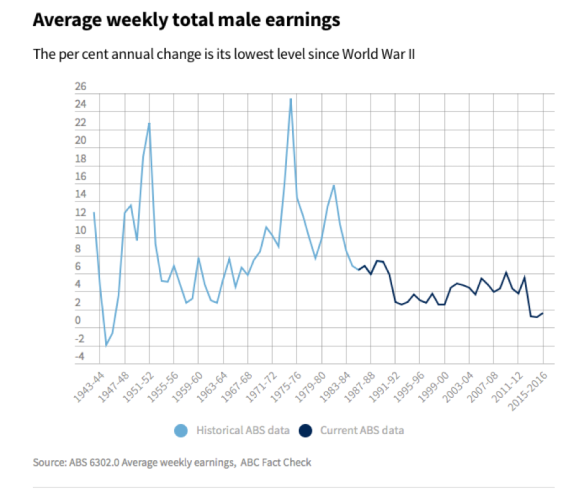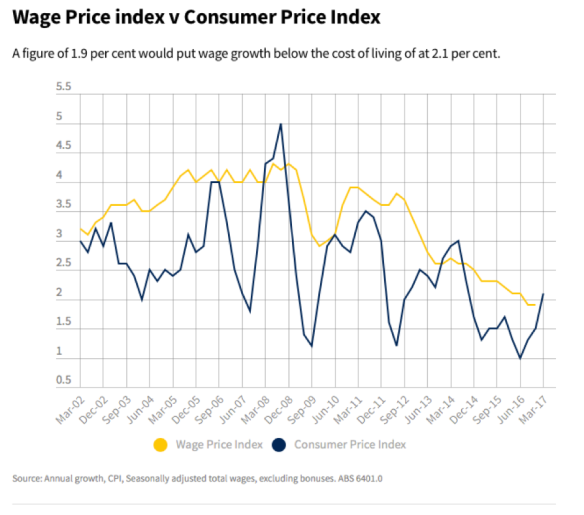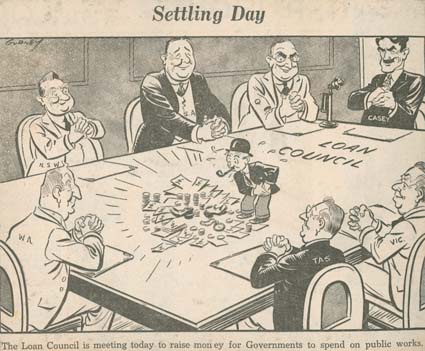
I Didn’t Go to Work Today | Fifth Estate. Detroit, MI. (1987)
Wage growth in Australia is in a pitiful state. Both the frequency and size of wage growth is at historic lows (Bishop and Cassidy 2017). The recent rise in inflation means that not only are wages growing at a lower rate than any time since the Second World War, they are now growing slower than the rate of inflation. This means that real wage growth is now negative.


(Fig. 1 & 2 Bagshaw 2017)
This is a grim situation for the vast mass of people as it means the effective stalling or decline in the material conditions of our lives. It also presents Australian capitalism with several complex and interlocking problems. First, while the overall share of national income shifted in capital’s favour throughout the late neoliberal period of the mining boom, the secret to social cohesion was the growth in the majority of households’ wealth as consumables became cheaper and incomes grew, as wages rose alongside the amount of people working and total hours worked. The disintegration of this deal poses the spectre of social and political disturbances, framed as ‘populism’ by spruikers of the political class. However, low wage growth threatens not just political stability in Australia, but the process of capital accumulation and the reproduction of capitalist society more directly.
While individual firms may wish to pay their workers with air, capitalism as a whole needs wages to be high enough to ensure there is enough money in people’s pockets and that people are willing to spend it. This is often called ‘aggregate effective demand’. The reproduction of capitalism requires that a sufficiently high level of commodities is sold to generate a profit that can be reinvested and so on. Declining wage growth directly threatens the profitability of retail businesses, and because retail businesses are part of a broader chain of capitalist firms, the health of the economy more broadly. The Reserve Bank of Australia are particularly worried about the impact the combination of low wage growth and high indebtedness could have on spending and Australian capitalism (Lowe 2017).
Another specific problem is that even as wage growth has stalled, house prices have soared, facilitated by the continual rise in household debt. Increasingly thinkers for capital are concerned that the capacity to pay this debt is faltering and that the prices of real estate assets are shaky. There is growing concern that a collapse in residential prices could hit the banks and destabilise the financial architecture of capitalism in Australia (Shapiro and Greber 2017) . Thus, the Australian Prudential Regulatory Authority has acted to reduce the percentage of interest-only loans that can be offered in an attempt to ‘address risks that continue to build within the mortgage lending market’ whilst ‘balancing the need to continue to moderate new investor lending with the increasing supply of newly completed construction which must be absorbed in the year ahead’(2017). APRA aims to slow down the risk of rising mortgage debt whilst simultaneously allowing the housing market to continue functioning. Is it likely that such activity can both reduce the exposure of the banks whilst facilitating the continual accumulation of capital?
Low wage growth, continued housing price growth and high household debt all take place in the context of low investment in Australia. This is despite a rise in profits and in the context of a global situation that the World Bank describes as a ‘fragile recovery’ (Potter 2017, World Bank Group 2017).
This problem cannot be solved – for capital – just by raising wages. This would shrink profits and thus, accumulation.[i] Rather the challenge for thinkers for capital is to work out a way to increase aggregate effective demand and profits: to increase incomes in a way that ensures the continual accumulation of capital and thus the enlarged reproduction of the capital-relation. For us (meaning both those of us with nothing but our labour-power to sell and self-declared antagonists to capital) the problem is radically different – to work out ways of asserting our interests for a good life irrespective of capital’s requirements and to do this inside-against-and-beyond the whole totality of capitalism as a society and a way of living.






